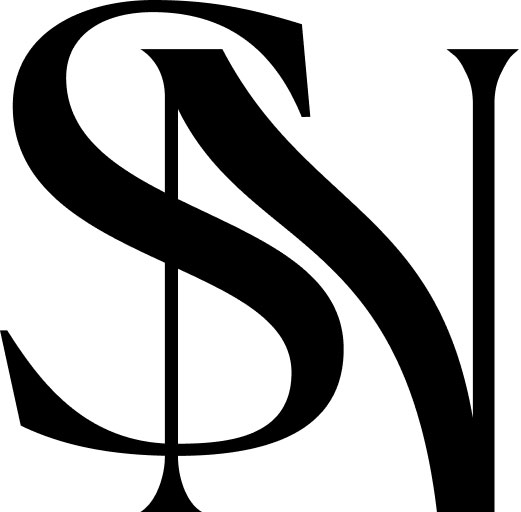Refine nasal aesthetics and restore functionality with revision rhinoplasty by Dr. Sahar Nadimi. This specialized surgery addresses complications or undesired outcomes from prior procedures, correcting issues such as asymmetry, breathing difficulties, or structural irregularities. Dr. Sahar Nadimi’s approach ensures tailored results for enhanced confidence.
Correct or improve the results of your nose surgery
Revision rhinoplasty is a specialized surgical procedure that addresses issues arising from a previous rhinoplasty, such as asymmetry, irregular contours, or functional problems like difficulty breathing. Revision rhinoplasty is often more complex than primary rhinoplasty because it involves working with the altered nasal anatomy, requiring advanced skills and expertise. Dr. Sahar Nadimi excels in this intricate surgery, carefully evaluating each patient’s unique concerns and tailoring the procedure to restore balance, function, and natural aesthetics.

Reasons for revision rhinoplasty:
- Persistent breathing difficulties or nasal obstruction
- Unsatisfactory aesthetic outcome from a previous surgery
- Asymmetry or imbalance in nasal shape
- Over-resection or under-resection of nasal structures
- Visible scarring or irregularities on the nose
- Collapse or weakness of nasal support structures
- Changes in nasal appearance due to aging or trauma after the initial surgery
How revision rhinoplasty works
Revision rhinoplasty is a highly technical procedure that addresses structural and aesthetic issues from a previous rhinoplasty. Dr. Sahar Nadimi begins with an in-depth analysis of your nasal anatomy and surgical history, identifying deformities or functional impairments like collapsed cartilage, scar tissue, or over-resected structures. Based on this evaluation, she develops a tailored surgical plan that prioritizes your goals while preserving or restoring nasal function.
The surgery typically involves reopening prior incisions—most often via an open approach for maximum visibility. Dr. Sahar Nadimi meticulously removes or repositions scar tissue and evaluates the structural integrity of the nasal framework. If support is inadequate, she reconstructs it using cartilage grafts, commonly harvested from your septum, ear, or rib. These grafts are shaped and precisely placed to reinforce weakened areas, restore symmetry, and improve nasal contour.
If you are experiencing nasal obstruction, difficulty breathing, or structural concerns but have not undergone a previous rhinoplasty, you may be a candidate for functional rhinoplasty. To learn more about whether functional rhinoplasty is right for you, we invite you to schedule a personalized consultation with Dr. Sahar Nadimi.
Benefits of revision rhinoplasty:
- Corrects aesthetic imperfections from previous rhinoplasty
- Restores structural integrity to the nasal framework
- Improves breathing and resolves functional issues
- Enhances nasal symmetry and proportion
- Addresses scar tissue and irregularities
- Provides an opportunity for further refinement of nasal shape
- Achieves a more natural and balanced appearance
- Boosts confidence and overall satisfaction with the nose’s appearance and function

Revision rhinoplasty FAQs
How is Revision Rhinoplasty Different From Primary Rhinoplasty?
Revision rhinoplasty is typically more complex than primary rhinoplasty due to the presence of scar tissue, altered anatomy, and previous surgical modifications. The natural framework of the nose may have been weakened, requiring reconstruction with cartilage grafts sourced from the septum, ear, or rib. The goal is not only to improve the appearance of the nose but also to restore functionality, making it essential to work with an experienced surgeon like Dr. Sahar Nadimi.
Am I a Candidate for Revision Rhinoplasty?
You may be a candidate if you are unhappy with the appearance or functionality of your nose after a previous rhinoplasty. Ideal candidates have realistic expectations, are in good health, and have allowed sufficient time—typically 12 to 18 months—for their nose to heal. Dr. Sahar Nadimi will conduct a detailed evaluation to determine if revision rhinoplasty is right for you.
How Long Does the Surgery Take?
Revision rhinoplasty can take between 3 to 5 hours, depending on the complexity of the procedure. The exact duration depends on factors such as the extent of previous surgery, the need for cartilage grafts, and the specific goals of the revision. Dr. Sahar Nadimi will give you a personalized timeline during your consultation.
Will I Need Cartilage Grafts, and Where Are They Taken From?
In many cases, revision rhinoplasty requires cartilage grafts to rebuild or support the nasal structure. If your septal cartilage is insufficient, Dr. Sahar Nadimi may harvest cartilage from your ear or rib. Ear cartilage is used for minor structural adjustments, while rib cartilage is preferred for more significant reconstruction. Dr. Sahar Nadimi carefully ensures grafts are shaped and placed to achieve natural-looking results.
What is the Recovery Process Like?
Recovery after revision rhinoplasty is often longer than the original nose job due to the complexity of the procedure. Swelling and bruising around the nose and eyes are common for the first 1-2 weeks. You’ll need to avoid strenuous activities for at least 4-6 weeks. While initial improvements are visible within weeks, full healing can take up to a year or longer.
How Much Downtime Should I Expect?
You should plan for 1-2 weeks of downtime. During this time, you may experience swelling, bruising, and mild discomfort. Most patients feel comfortable returning to non-strenuous work or daily activities within two weeks. However, you’ll need to avoid heavy lifting and vigorous exercise for at least a month or as advised by Dr. Sahar Nadimi.

Meet Dr. Sahar Nadimi
Dr. Sahar Nadimi is a double board-certified facial plastic surgeon with extensive expertise in complex revision rhinoplasty. As clinical faculty at Loyola University Medical Center, she teaches advanced surgical techniques and specializes in restoring both the aesthetics and functionality of the nose. Known for her meticulous approach and natural-looking results, Dr. Sahar Nadimi takes the time to understand each patient’s unique goals. If you’re considering revision rhinoplasty, schedule a consultation with Dr. Sahar Nadimi today.


